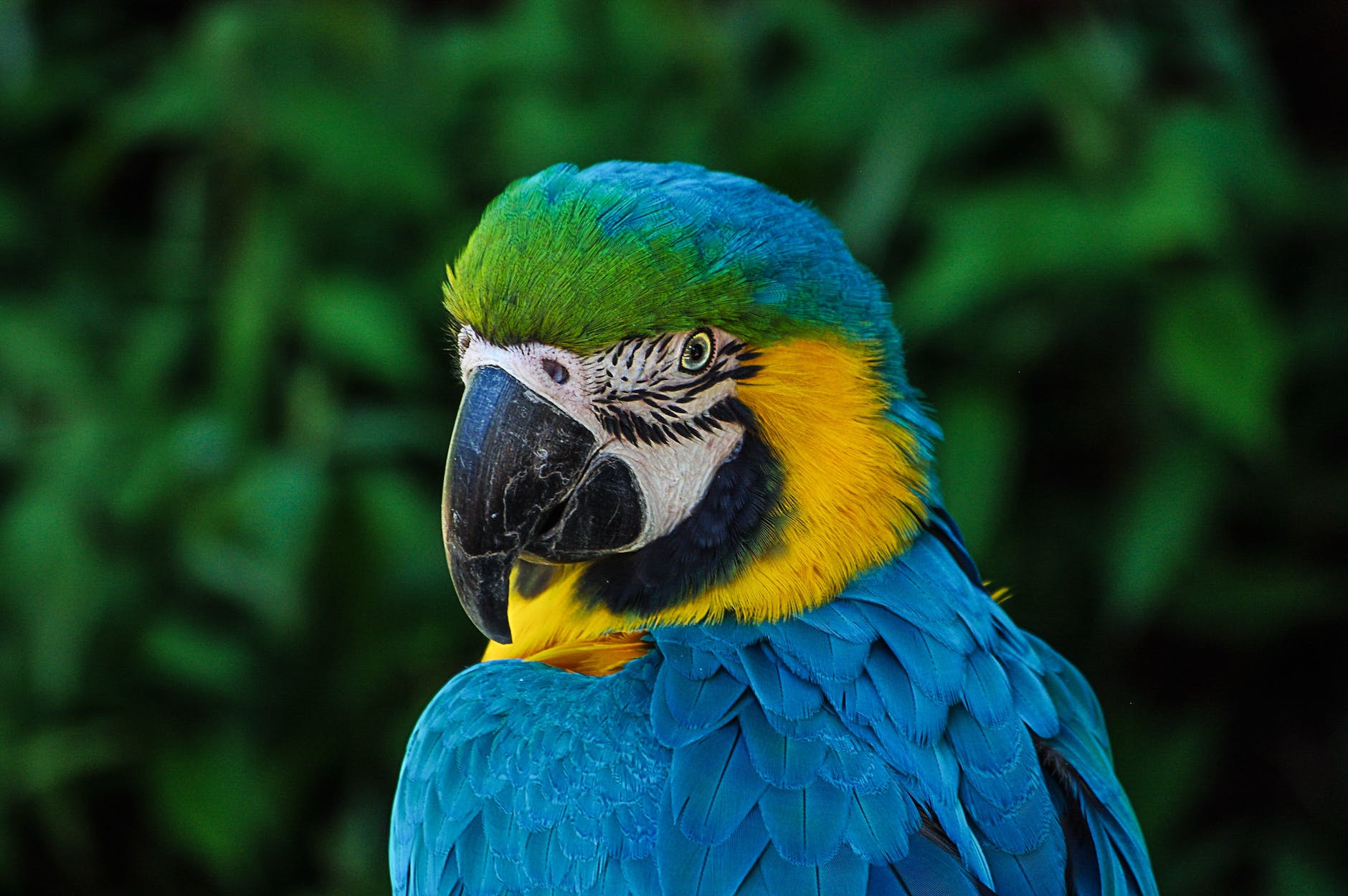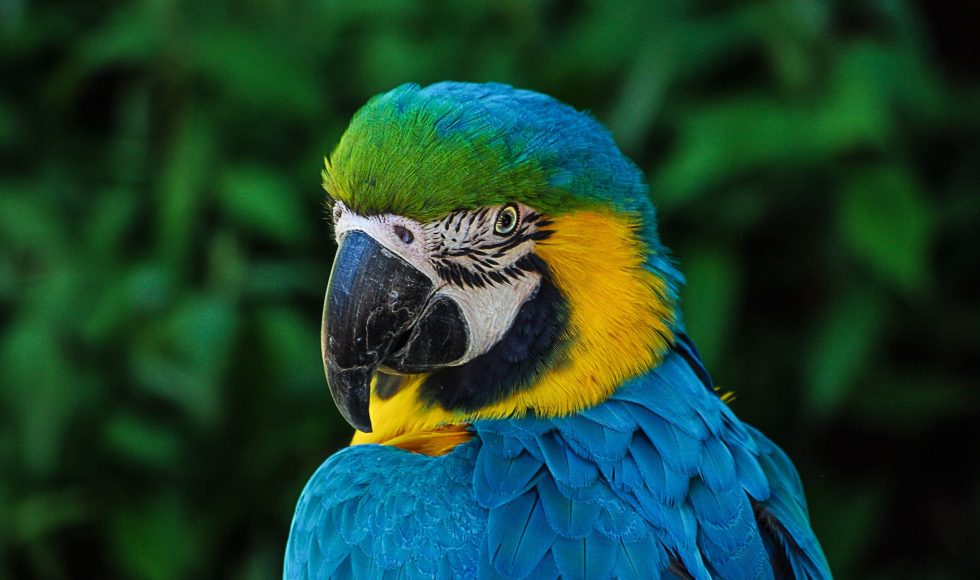Tomas Marques-Bonet from the Institute of Evolutionary Biology in Spain presented at the Nanopore Community Meeting 2021 about “Org.one: a new program to promote sequencing biodiversity.” Tomorrow London Calling 2023 begins and I am continuing to watch previous sessions. Marques-Bonet highlighted how biodiversity is at risk, with more than 37,400 species threatened with extinction. Amphibians are particularly threatened, which I found intriguing. Marques-Bonet noted that preserving biodiversity is a global and interdisciplinary problem. While genetics are not the ultimate solution, Marques-Bonet explained that studying biodiversity helps inform us about population history and richness. They described the history of primate sequencing and its application to conservation genomics. The presenter listed several global initiatives including the Earth Biogenome Project, the Vertebrate Genome Project, and tree of life projects. Marques-Bonet started a pilot phase related to Org.one and focused on nine species, all critically endangered and tissues/cells available. In just a couple of months, they sequenced birds, amphibians… Marques-Bonet explained that in a little over a week they obtained sequences with N50s between 20-50 Kb. Their workflow started with quality control, assembly Flye, and polishing. The genomes they sequenced range in size and the newt had one of the largest. The Montseny brook newt they sequenced had a genome over in the dozens of Gbase range. Org.one, explained Marques-Bonet, shares genomes and resources online on their website. Next, they will sequence different organisms. Marques-Bonet ended by emphasizing that these efforts are not a competition: this is a collaborative effort that includes the Barcelona Zoo and many others. I would like to learn more and get involved, if possible.



